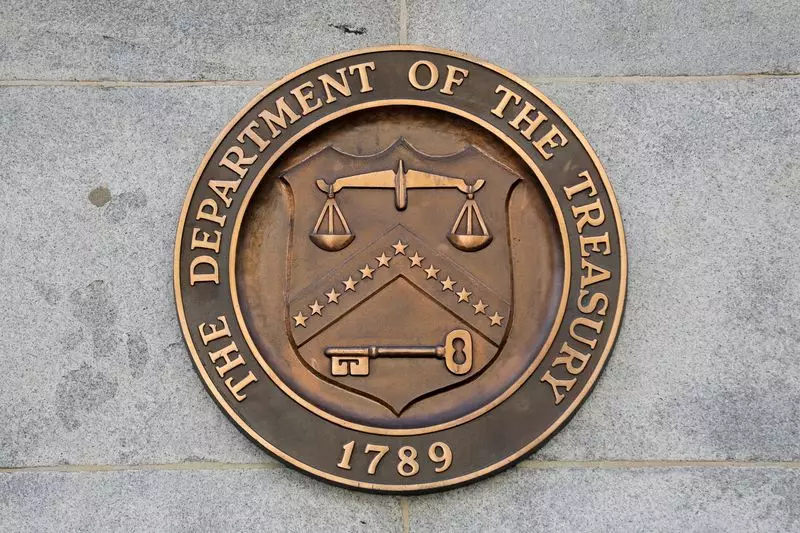In the realm of U.S. economic projections, the term “soft landing” denotes a scenario where the economy manages to slow down without veering into a recession. This delicate balance is pivotal for investors, particularly those involved in the Treasury market. Recent discussions by analysts at BCA Research highlight how recent positive economic indicators could usher the 10-year Treasury yield into the so-called “Soft Landing Zone.” This range, identified between 3.80% and 4.83%, represents a unique trading scenario: a context where inflation aligns with the Federal Reserve’s target rate while unemployment remains stable.
As the economy navigates the waters of stability, BCA’s analysis suggests that Treasury yields could experience notable shifts. Specifically, a soft landing would allow the Federal Reserve to pursue a policy of moderate easing without resorting to extreme measures often necessitated by a recession. This boon to bondholders comes amid concerns regarding inflation and the Federal Reserve’s intentions. According to forecasts, should the economy align with the Fed’s optimistic projections, the 2-year and 5-year Treasury yields could decrease to approximately 3.33% and 3.52%, respectively. Meanwhile, the 10-year yield might settle around 3.84%, and the 30-year yield could hover around 4.27%. This gradual decline in yields represents a favorable investment landscape for those holding longer-duration bonds.
Investment Strategies in a Soft Landing Scenario
With these projections, investors are encouraged to evaluate their portfolios strategically. BCA suggests that maintaining positions above benchmark durations and engaging in steepener trades within the yield curve could yield significant advantages. Specifically, capitalizing on the relationship between the 2-year and 10-year Treasury yields can help investors maximize returns in a soft-landing context. Such investments draw from the premise that yield stability can lead to a reinforcement of bond market confidence.
However, as the BCA report cautions, potential risks pervade even the most optimistic forecasts. Should the Federal Reserve adopt a hawkish outlook, even in the face of a soft landing, the upper limits of the yield curve could remain stubbornly high. In this scenario, the 10-year yield might rise to 4.63%, nudging the boundary of what analysts term the “Inflation Scare Zone.” Furthermore, persistent inflation or an unexpected deterioration in the labor market could push yields into a threatening territory. A weaker labor market could signal a need for deeper cuts from the Fed, exacerbating yield concerns.
While the prospects of a soft landing offer a glimmer of hope for the Treasury market and bondholders, it is essential for investors to remain vigilant. The delicate interplay between economic recovery, monetary policy adjustments, and labor market dynamics necessitates a proactive approach to investment strategy. Lower probabilities of inflation resurgence notwithstanding, any shifting economic indicators must prompt adjustments in investment positions. Ultimately, understanding the nuances of this environment will equip investors to traverse the complexities of the Treasury market effectively.

